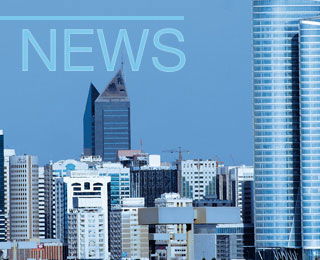Fauji Cement successfully commissioned its greenfield cement plant with a clinker capacity of 6500tpd at Shadan Lund district, Dera Ghazi Khan, within a record time of 13 months. With the commencement of operations of the new line on 30 November 2023, the company’s total cement production capacity increased to 10.6Mta, which established the company as the third-largest cement producer in Pakistan.
Meanwhile, according to AKD Research, Fauji Cement effectively increased its local market share to 11.4 per cent in 1HFY23-24 (1 July-31 December 2023) from 10.9 per cent last year. It is expected that the company's domestic market share will surpass 14 per cent in due course. The half-yearly report added that the company’s dispatches in the 1HFY23-24 were 2.58Mt compared to 2.46Mt in the same period last year, an increase of five per cent (YoY).
Moreover, the increased use of alternative fuels such as rice husk and tyres, accounting for over 12 per cent of the total fuel mix, has improved gross margins to 31.9 per cent in 1HFY24 from 27.7 per cent in the same period last year. However, the company’s total debt rose to PKR49bn (US$176.1m) at the end of December 2023 and is expected to keep finance costs elevated, as the anticipated interest rate easing may face delays.
However, the company depicts a positive outlook on the stock based on several factors:
1. significant growth potential
2. cost efficiencies
3. timely expansion facilitated by the availability of concessionary loans
Financial performance
During the 1HFY23-24, the company earned a net revenue of PKR40.352bn, compared to PKR33.673bn in the same period last year. The increase in revenue is mainly attributable to higher local and export sales.
Gross profit margin improved to 32 per cent compared to 30 per cent in the same period last year. According to the company report, this is mainly attributable to better sales prices and cost-optimisation initiatives taken by management. Higher exports and the devaluation of PKR improved the company’s revenue from exports.
On the cost side, increased usage of local coal, initiative to use multiple types of alternative fuels, increase in own power generation, and optimisation of fixed costs contributed towards achieving the overall results. The company earned a profit after tax of PKR5.274bn as compared to PKT5.079bn in the same period last year, an increase of four per cent (YoY), despite the increase in financial cost due to expansion debt, the company is fully compliant with all its required covenants.
